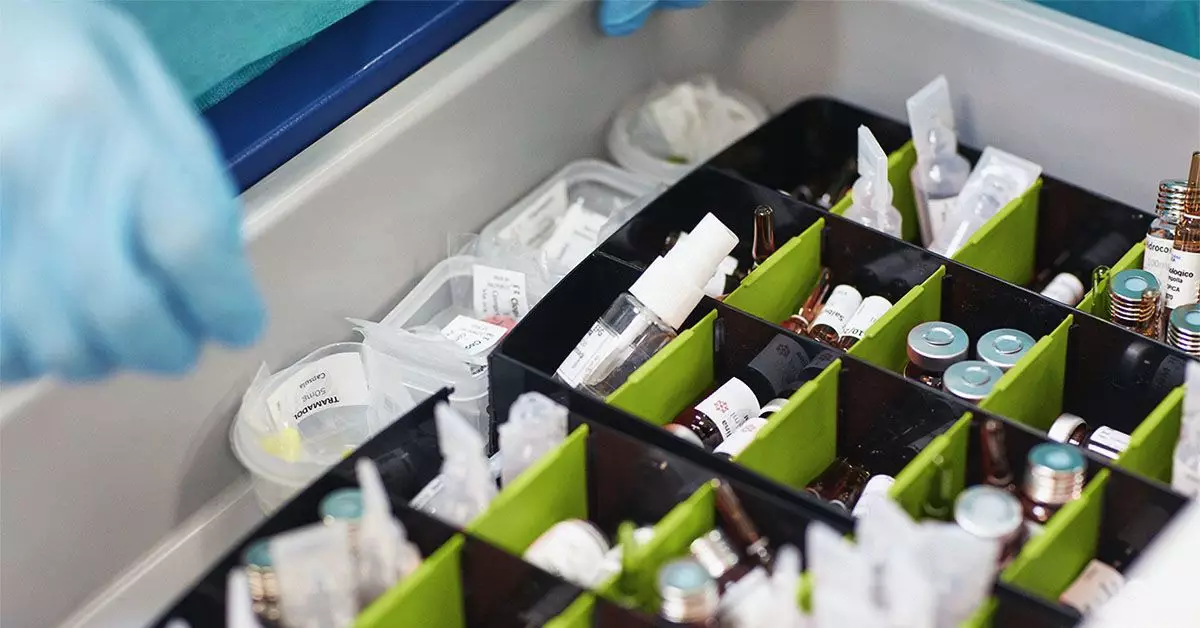Acute Myeloid Leukemia (AML) is a serious and aggressive cancer affecting the blood and bone marrow, predominantly diagnosed in older adults. It arises from the abnormal proliferation of immature blood cells known as myeloblasts, which impede the production of healthy blood cells, leading to various health complications. Although AML constitutes about 1% of all cancer diagnoses and roughly one-third of leukemia cases in adults, its impact on patients can be profound.

Research shows that the average age of AML diagnosis is around 69, with rare occurrences in individuals under 45. Both men and women have a similar lifetime prevalence of approximately 0.5%. The incidence rates have remained steady from 2017 to 2021 at 4.2 cases per 100,000 individuals annually, indicating that while not exceedingly prevalent, AML remains a significant health concern.
Symptoms of AML result from the reduction of healthy blood cells, leading to fatigue and weakness due to anemia, recurrent infections from low white blood cell counts, and easy bruising or bleeding due to insufficient platelets. Diagnosis involves a comprehensive assessment of symptoms, physical examination, and medical history, followed by diagnostic tests such as complete blood counts, peripheral blood smears, bone marrow biopsies, and cytogenetic analyses.
Age is a primary risk factor for AML, with increased frequency in older adults and associations with lifestyle choices like smoking. Exposure to environmental toxins, such as benzene and formaldehyde, as well as previous chemotherapy treatments, can also heighten risk. Genetic predispositions may play a role, although most cases do not exhibit strong hereditary patterns.
Treatment for AML typically begins with remission induction therapy to eradicate leukemia cells, followed by post-remission or consolidation therapy. Chemotherapy remains a cornerstone, utilizing drugs like azacitidine and daunorubicin. Additional treatments, such as radiation therapy or stem cell transplants, may be necessary for some patients.
While effective, AML treatments can lead to side effects, including decreased blood cell counts, fatigue, and an increased risk of infections. The prognosis varies widely based on factors such as age and overall health, with induction chemotherapy achieving remission in about two-thirds of patients. However, the five-year relative survival rate for AML is around 31.9%, highlighting the need for early detection and intervention.
In summary, while AML is relatively rare, its implications are significant. Increased awareness of symptoms, risk factors, and treatment options can lead to better outcomes for patients. Ongoing research and advancements in treatment hold promise for improved survival rates and a brighter future for those affected by AML.




